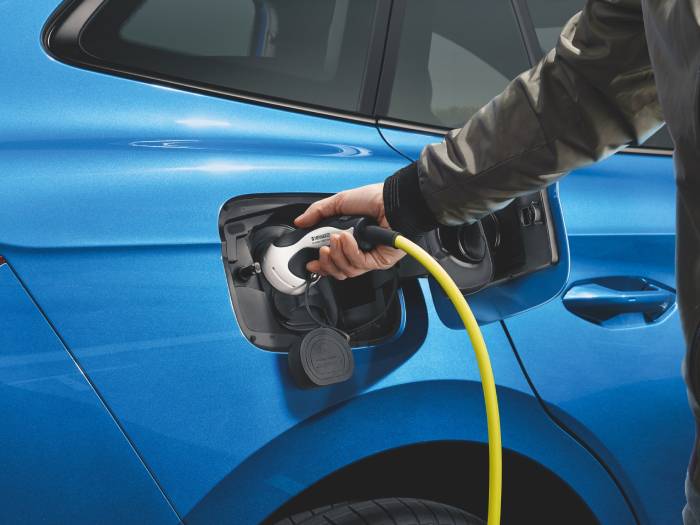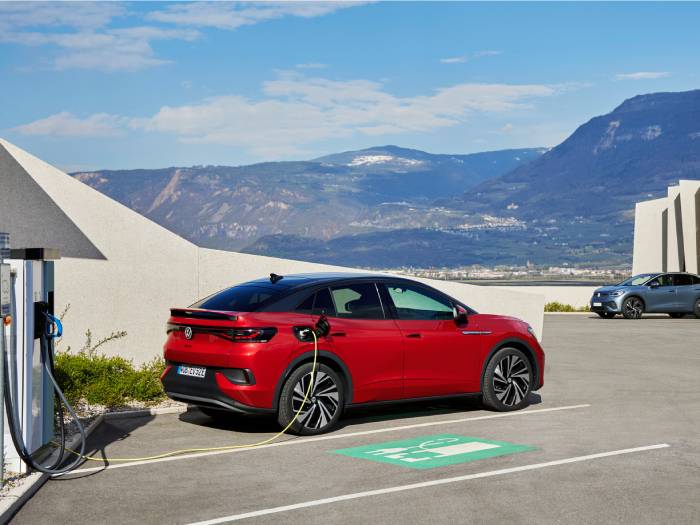Global EV Outlook 2022: the present and future of e-mobility
The report issued by the International Energy Agency outlines the current scenario for electric mobility and identifies steps to be taken to facilitate a fair and affordable transition for all.
In 2021, 6.6 million electric vehicles were sold worldwide, nearly 10 percent of global sales: an unprecedented amount, doubling the 2020 figure and bringing the total number of electric vehicles circulating globally to about 16.5 million, or three times as many as in 2018. In the first quarter of 2022, the trend grew again, with global EV sales increasing by 75 percent over the same period last year.
These figures emerge from the Global EV Outlook 2022, a report issued by the International Energy Agency, the independent, transnational body that works with governments and industry to create a secure and sustainable energy future for all. The study, developed with support from the Electric Vehicles Initiative (EVI), analyzes key areas related to the deployment of electric vehicles and charging infrastructure, energy use, CO2 emissions, battery demand, and related policy developments.
Ambitious targets for governments and carmakers

The growth of electric cars is due to several factors. The main one is sustained policy support, with global government spending on subsidies and incentives nearly doubling in 2021 to nearly $30 billion. More and more countries have pledged to phase out internal combustion engines or pursue ambitious electrification goals in the coming decades.
At the same time, many carmakers, including the Volkswagen Group, have announced electrification programs that go even further than policy targets. Signs of this commitment are already tangible, as electric models available in 2021 were five times the number that could be purchased in 2015.
China, Europe and the United States
The increase in EV in 2021 is mainly related to the Chinese market, which absorbed half of the electric vehicles sold worldwide (3.3 million). In Europe, sales grew by 65% to 2.3 million electric vehicles and also increased in the United States, with 630,000 electric vehicles sold.
The first quarter of 2022 showed a similar trend, with sales in China more than doubling compared to the same period in 2021, a 60% increase in the United States, and a 25% increase in Europe. Looking instead at the global energy market for charging, it is estimated to reach $190 billion by 2030, or one-tenth the value of the current diesel and gasoline market.
The growth of charging infrastructure

The Global EV Outlook 2022 also focuses on public charging infrastructure and points out that the amount of charging points announced for the coming years might not be sufficient to keep up with the growth of the electric vehicle market.
There are big variations between countries in terms of their charging infrastructure needs and the speed at which they need to be rolled-out. For each nation there is an appropriate number of charging points, which depends on population and population density, average distances traveled, and the availability of home charging points. The latter and workplace charging could supply much of the overall demand. Nevertheless, the number of public charging points needs to expand ninefold, to 15 million units in 2030, to provide consumers with adequate and convenient coverage.
Future prospects: the role of incentives

But what measures should be taken to encourage the spread of electric vehicles? The Global EV Outlook 2022 identifies a few. It starts with direct subsidies, which then, once market maturity is reached, will tend to decline until fading out. Another effective tool to encourage the transition, according to the IEA, are mechanisms that tax vehicles with inefficient combustion engines to finance subsidies for electric vehicles.
In parallel, electric buses and trucks are becoming increasingly competitive in more applications, especially considering the so-called total cost of ownership. Here a set of tailor-made policies would be helpful in accelerating the transition.
Finally, in developing nations or those with emerging economies, priority should be given to two/three-wheels electric vehicles and urban buses, which are more cost-competitive.
Smart grids

A further consideration within the Global EV Outlook 2022 concerns charging networks: their deployment should be supported by governments, at least until there are enough electric vehicles on the road to make them sustainable for private operators. Government support should also ensure equitable access to charging for all communities, so that no one is left behind in the transition.
Another key point is to incentivize and facilitate the installation of charging points in existing parking spaces and buildings and make them mandatory in new ones. Finally, it is important to support digital technologies to facilitate two-way communication and transparent pricing between electric vehicles and networks, thus allowing the vehicles themselves to become a resource for grid stability.
Source: Global EV Outlook 2022 - IEA
VGI | Responsible OU: VP | Creation date: article date | Class 9.1
